All objects have potential energy stored within them. The amount of potential energy in an object depends on its position in relation to other objects.
A trolley at rest has some potential energy caused by its weight. When you push the trolley, you exert force on it, making it move.
The moving trolley now has kinetic energy in addition to its potential energy. The sum of potential and kinetic energy in the trolley is called motion energy or mechanical energy.
Motion energy is the energy in a moving body. An object stores more energy as it moves and releases energy when it slows down.
The higher the velocity of a moving object, the higher its motion energy.
Here are examples of motion energy in everyday life.
1. Water moving in a waterfall

Stillwater has potential energy. When it starts flowing, it acquires kinetic energy.
In a waterfall, water moves from a higher position to a lower position. As the water flows down the waterfall, its velocity increases; hence it acquires more energy.
The sum of kinetic energy in water and potential constitutes its motion energy.
2. An aircraft flying
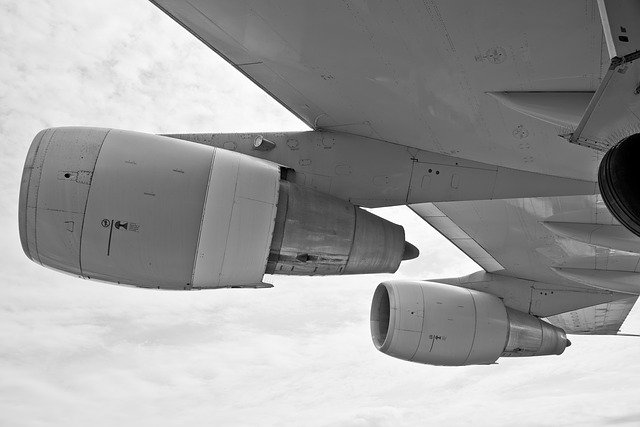
An aircraft at rest possesses potential energy. When it starts flying, the chemical energy from the fuel used is converted to mechanical energy by its propellers.
The mechanical energy gives the aircraft thrust—the kinetic energy of the aircraft increases as its speed increases.
The aircraft acquires more potential energy from gravity, causing its motion energy to increase.
3. Throwing a ball
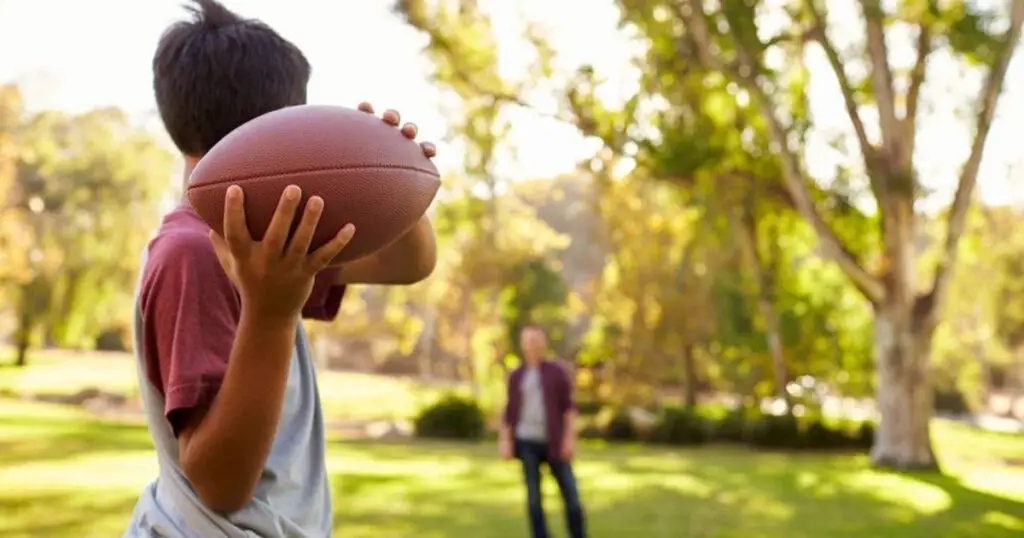
A ball at rest has potential energy. When you throw the ball, you transfer some energy to the ball.
The ball starts moving and acquires kinetic energy. As the ball moves higher, it develops new potential energy as its kinetic energy is converted to gravitational potential energy.
When the ball reaches maximum height, it starts falling. Its gravitational potential energy gradually decreases until it comes to rest.
The motion energy of the ball is highest at its maximum height and zero at rest.
4. An athlete running

We have potential energy stored in our bodies. When an athlete starts running, their potential energy is converted to kinetic energy.
The potential energy is stored in the body in the form of chemical energy from the food we consume.
When running, the chemical energy in the body is released in the form of thermal energy.
The potential energy is restored when a person eats more food to replace the lost energy.
An athlete running at high speed loses more chemical energy within a short time.
5. An electric current flowing through a conductor
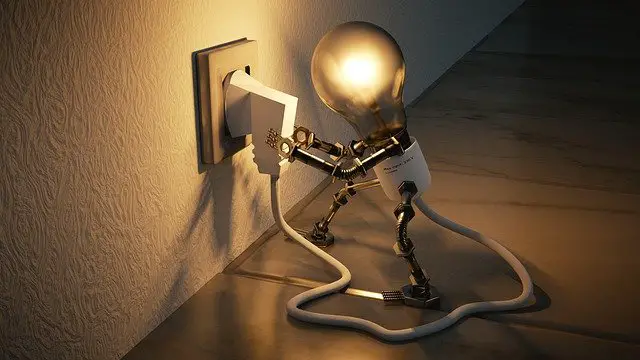
Electrical energy in a battery is stored as potential energy.
When you turn on a device operated by a battery such as a computer, mobile device, or a watch, it is converted to kinetic energy.
When the device starts functioning, the kinetic energy and potential energy constitute its mechanical energy.
6. The spinning of a windmill
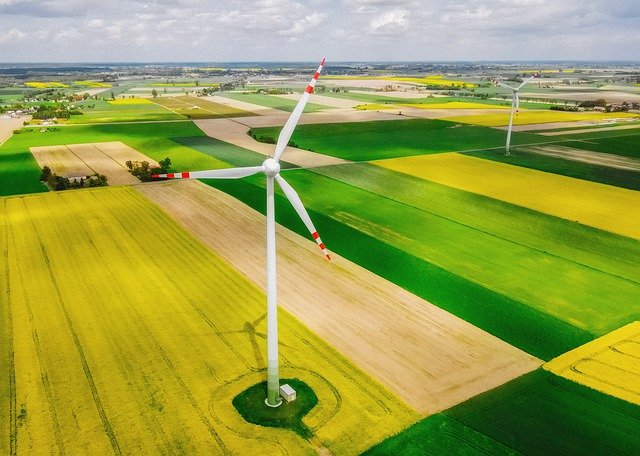
Wind and other moving fluids have mechanical energy. When wind flows through a turbine, the turbine acquires kinetic energy.
The turbine starts moving, and as wind flows past its blades, they start moving.
The blades turn the generator enabling it to convert mechanical energy to electrical energy.
7. Light traveling from the sun to the earth

Light contains electric and magnetic energy. Light from the sun travels in the form of magnetic waves.
When the electromagnetic waves from the sun reach the earth’s surface, the waves interact with molecules on earth, causing them to move randomly.
The molecules acquire kinetic energy in motion, which is converted to heat energy.
8. Motion energy in a moving car
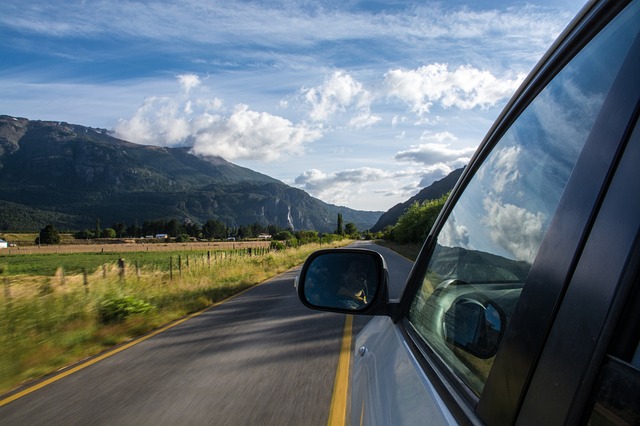
A car at rest possesses potential energy. When the car starts moving, the fuel is converted to chemical energy, which turns on the engine—the kinetic energy increases as the car speed increases.
If the car comes to a halt abruptly, mechanical energy converts to potential energy causing the car to crash.
9. A fruit falling from a tree

A fruit on a tree has potential energy. When it starts falling, it acquires kinetic energy while its potential energy decreases as it moves from high gravity to low gravity.
When it hits the ground, kinetic energy is converted to potential energy. It may regain some kinetic energy and bounce back before coming to rest.
10. A person swimming

When a person is swimming, the potential energy in the body is converted to metabolic energy.
The metabolic energy and kinetic energy caused by movement constitute mechanical energy.
11. Motion energy in moving clouds
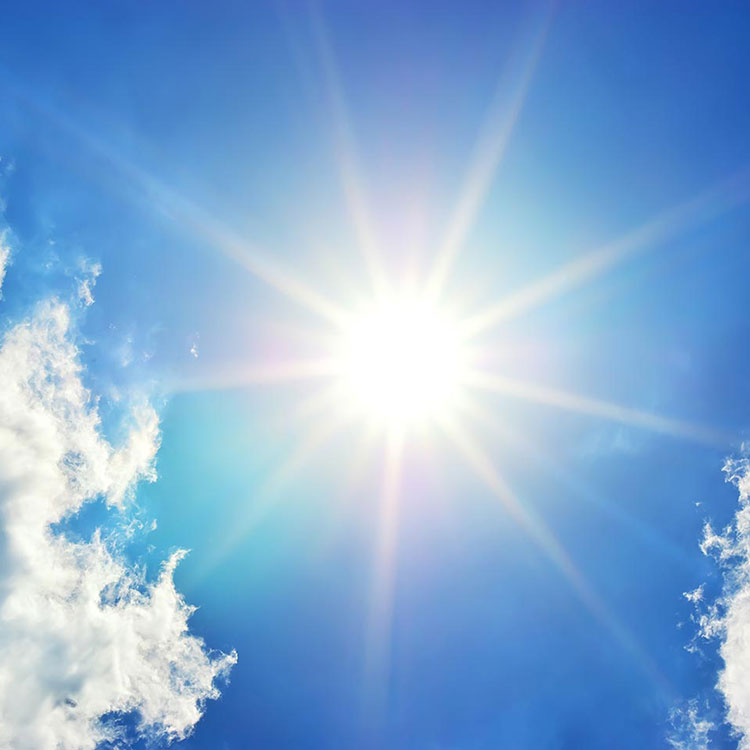
Wind and rotation of the earth cause clouds to move. When clouds start moving, they acquire kinetic energy.
The amount of kinetic energy in clouds is dependent on the speed of the wind.
12. Motion energy when walking

Our bodies have stored chemical energy. When we walk, the chemical energy converts to metabolic energy released from the body.
We acquire kinetic energy as we walk. The kinetic energy together with chemical energy sums up to mechanical energy.
Every movement we experience results in motion energy. It keeps the world moving.

